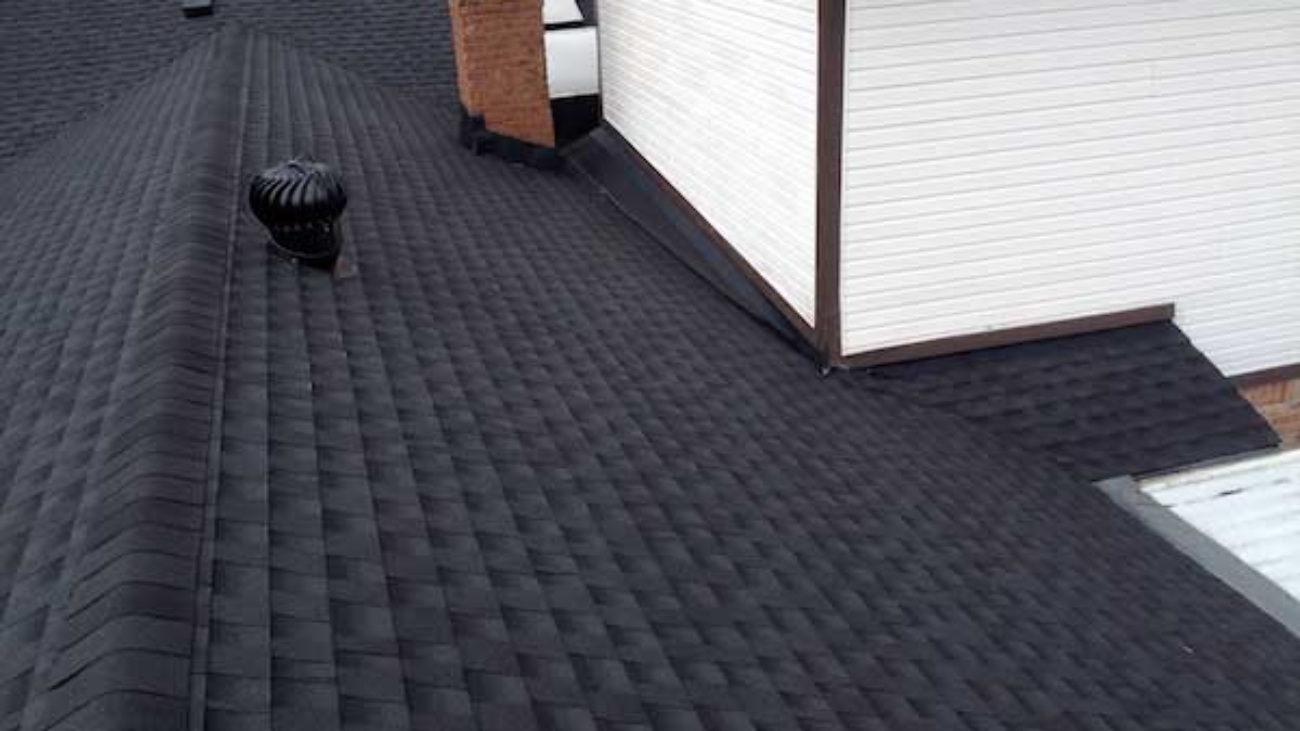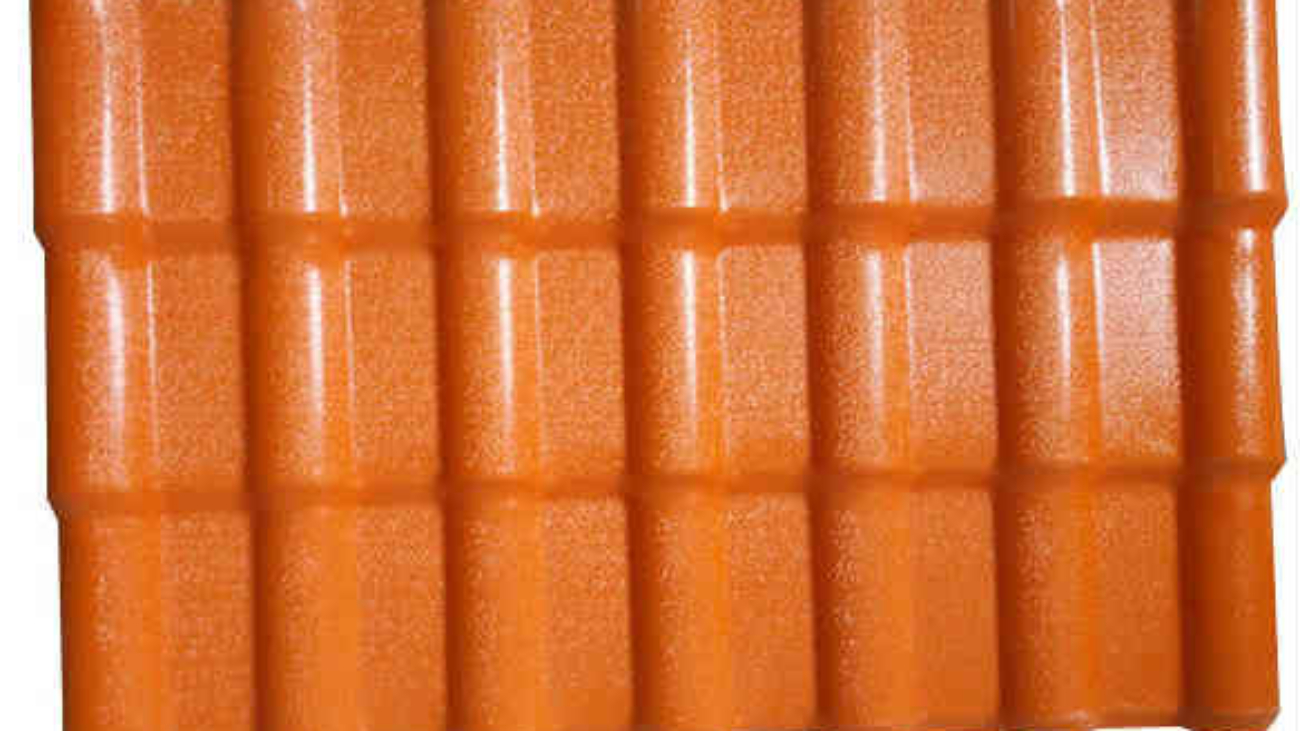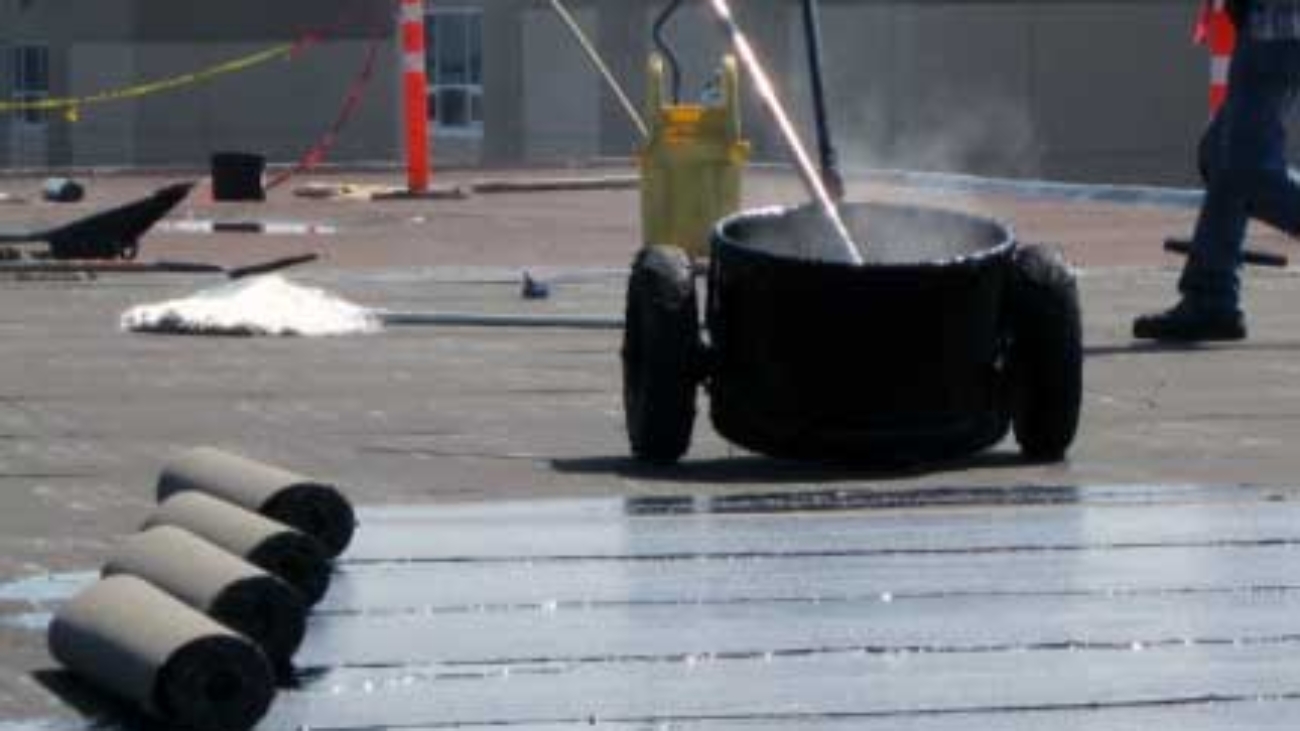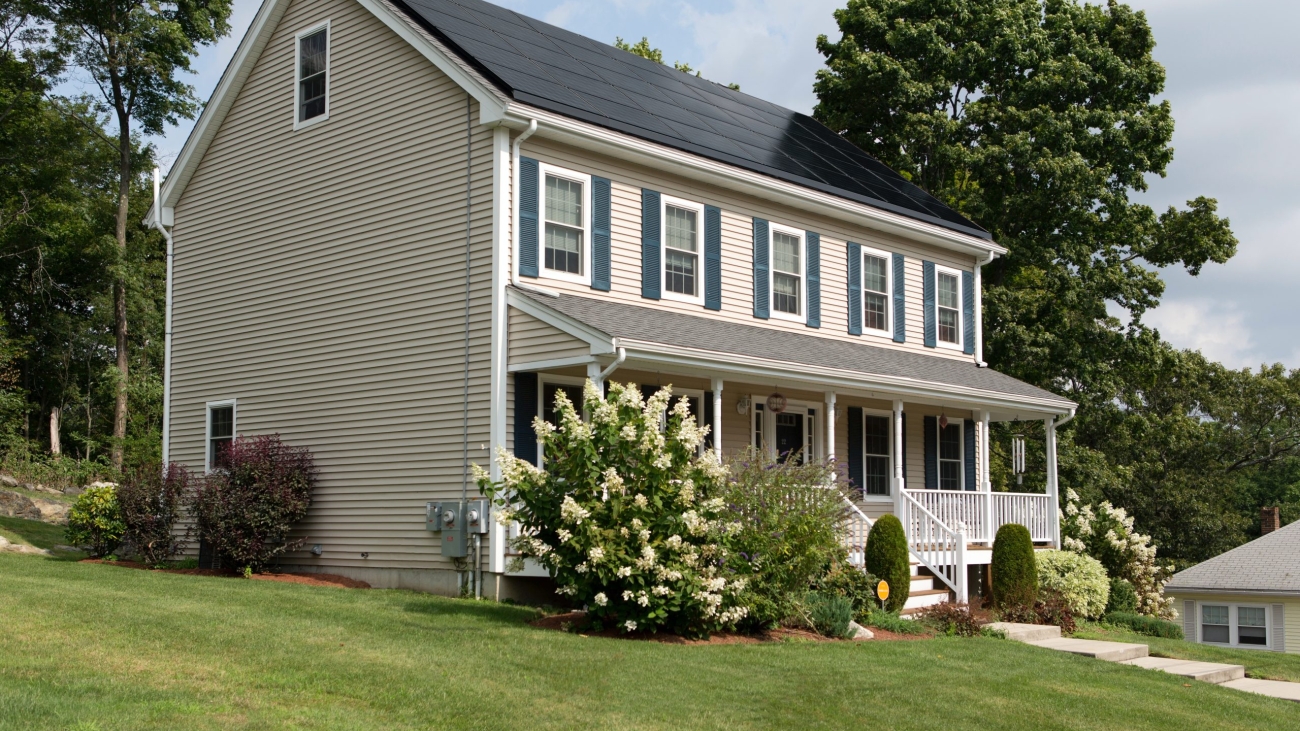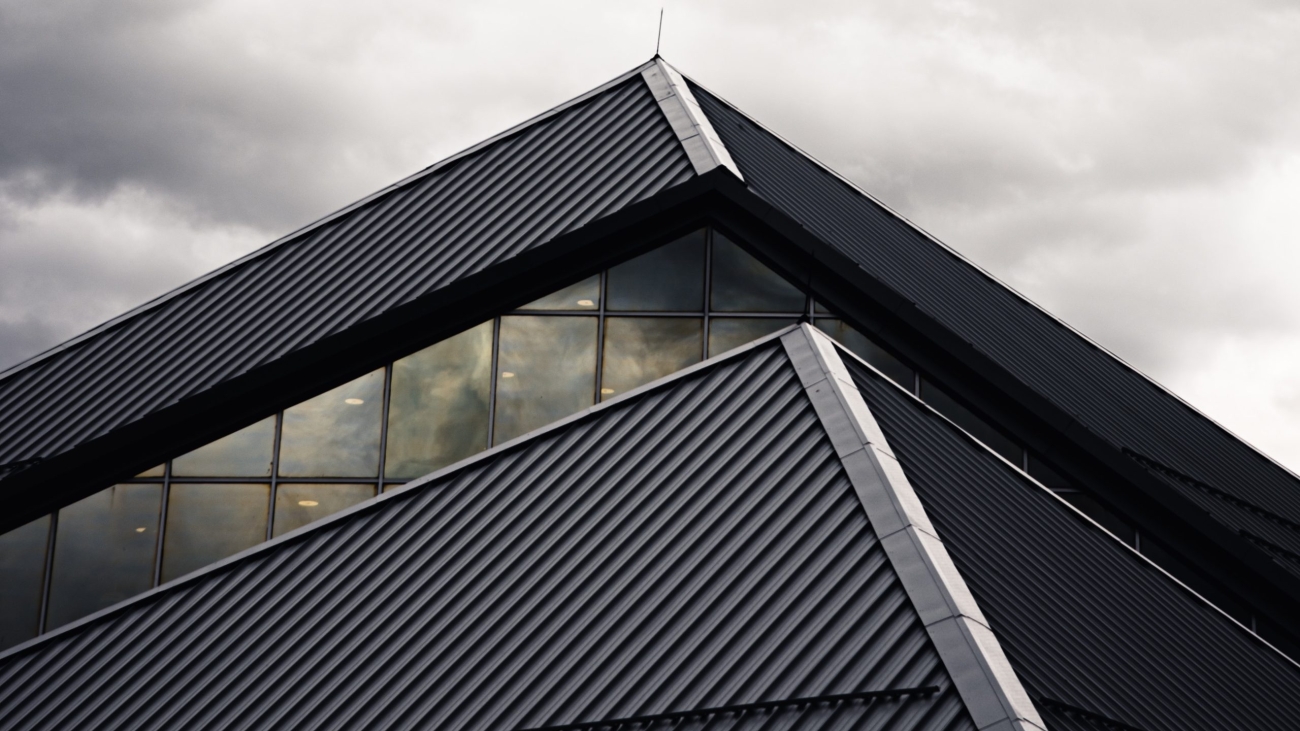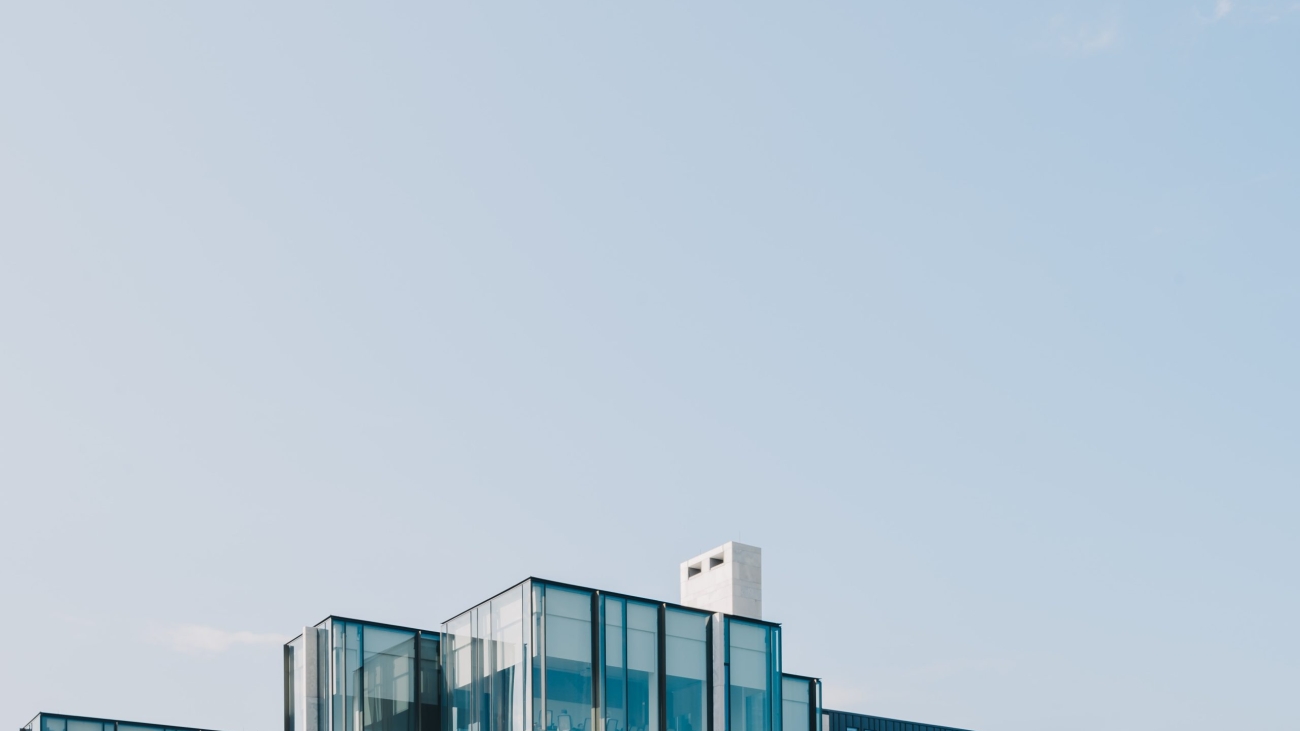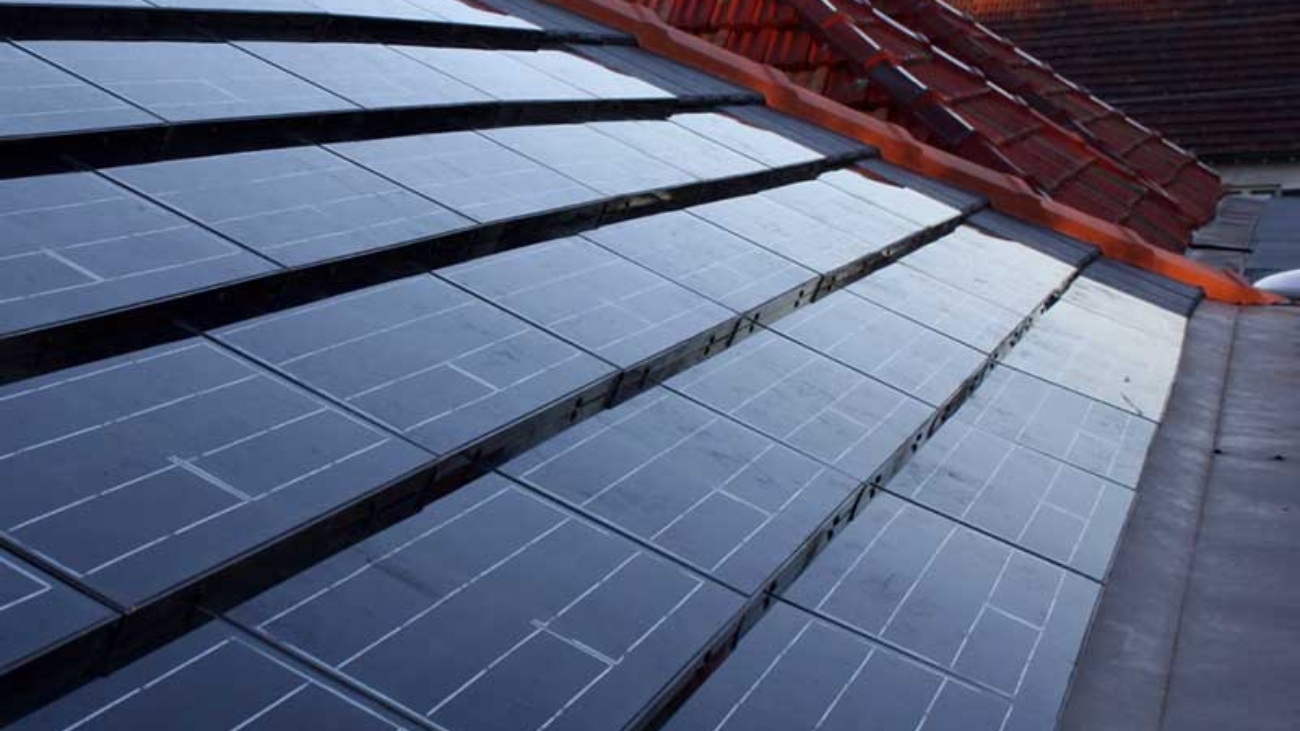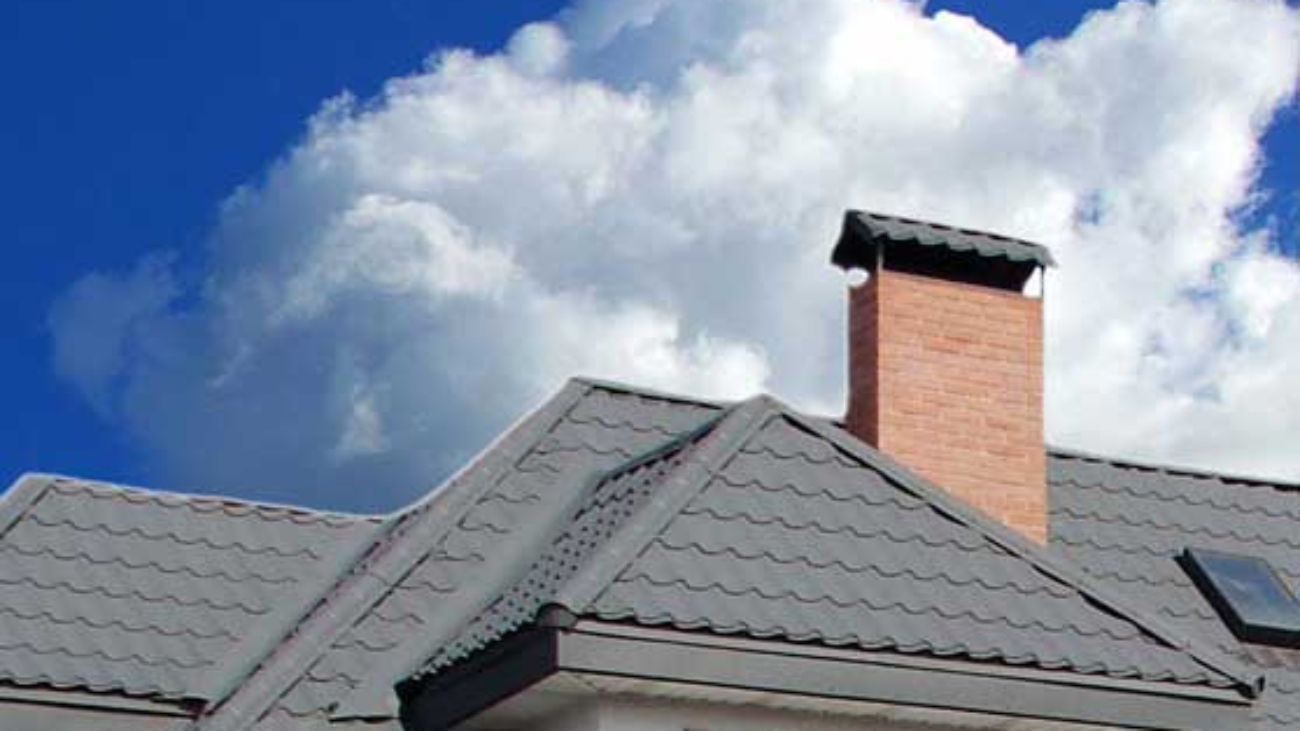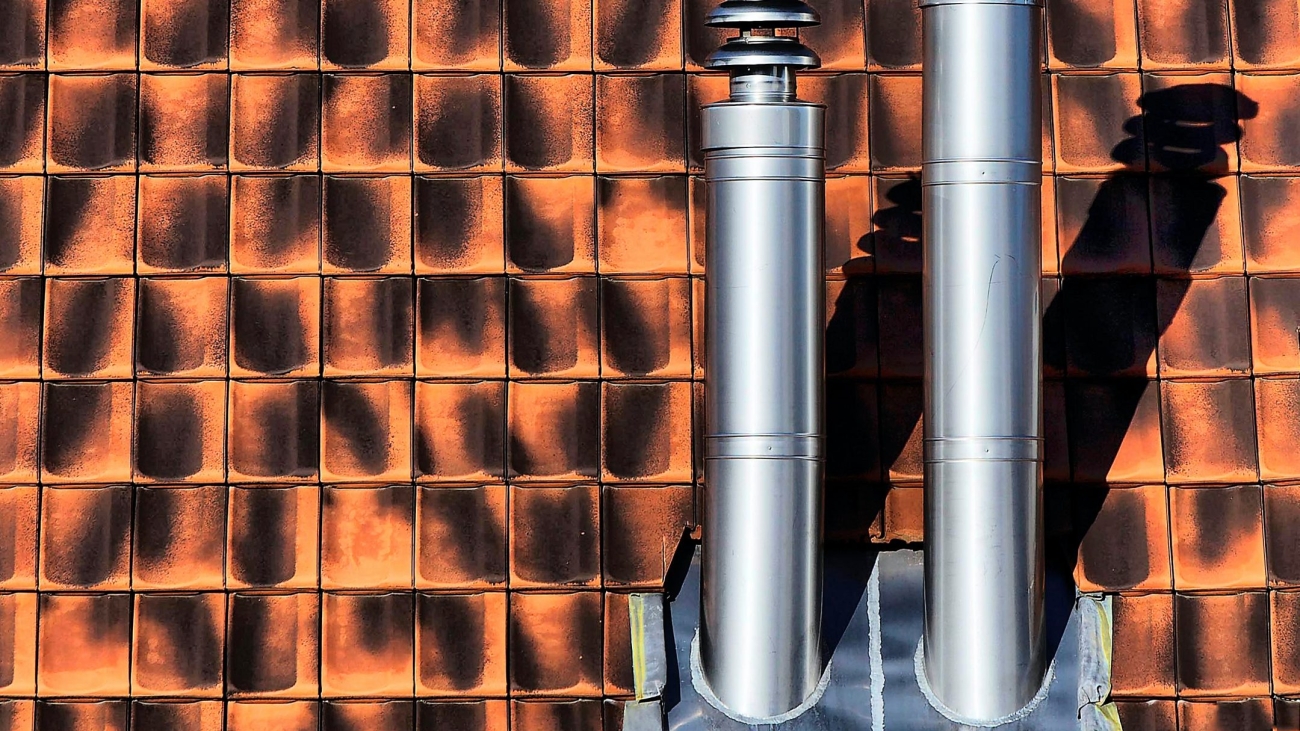Best Asphalt Shingles
It can be a challenge knowing what the best type of asphalt shingle is out there. There are so many different types and styles to choose from and everybody seems to be promising the moon.
In this blog post we’re going to show you Best Asphalt Shingles in the market and then you can decide what is best for your home.
The Key Components of Every Shingle
The major factors that are important to a homeowner and builder when choosing a roofing shingle are: price, wind ratings, life expectancy, and colour selection. These are all extremely important issues, but there are other things to consider as well such as how was the shingle made, the weight of the material, how wide is the nailing strip, pitch of the roof the shingle will be installed on, what type of warranty does the shingle carry, and what type of wind rating does it carry. When you purchase a new roof you want a shingle that is going to be aesthetically appealing on your home, but will also perform well in the type of weather your particular city or region experiences.
There are two primary types of asphalt shingle, fiberglass and organic. Both are popular choices that should satisfy the needs of most homeowners. Here’s what you need to know about each one.
Organic Asphalt Shingles
Organic shingles consist of formerly living materials such as paper, wood, and cellulose that are melded with adhesive asphalt to create a solid core. These shingles are tremendously durable in snow and cold weather, so they’re a popular choice in Canada, northern United States, as well as higher elevations. The reason for this durability is their composites which includes more asphalt than fiberglass, which makes them heartier. The major downsides are that they’re prone to warping. They’re more expensive, and they’re heavier.
Organic shingles are the more traditional roofing solution with fiberglass ascending in popularity in recent years. The layman won’t notice much difference between the types, especially when you stare at your roof from ground level. The basic appearance is still the same despite the underlying chemical compound.
Fiberglass Shingles
Fiberglass shingles are a newer roofing solution. These Fiberglass glass mats compose the makeup of these shingles. In addition to being cheap to manufacture, they are remarkably durable and a higher quality than most shingles. This makes sense, because fiberglass at its core is a highly compressed type of glass filament woven into huge patterns to create incredibly dense material. A fiberglass shingle is lighter, thinner, and more eco-friendly. It’s also more resistant to fire if disaster ever strikes in your home. The primary negative is that they contain less asphalt since the composition is structured to take advantage of the fiberglass.
Different Colours of Shingles
You can choose any style and colour which can reflect your personality and individual tastes, but keep in mind the resale value of your home is always a priority. Don’t pick something that doesn’t fit in with the rest of your home or neighbourhood. When you list your house, if you have something not in style, it can make it more difficult to sell.
Choosing classic colours such as white and black may seem boring, but each has a hidden purpose. If you’re living in a colder area, you can enhance the energy efficiency of your home through something as simple as shingle colour scheme. By picking black, you’ll have to run your heat less frequently in the winter.
Similarly, people in warmer climates should buy white shingles to reduce their dependency on air conditioning. You also have other colours to choose from like brown and gray. Choose a colour that complements your exterior paint colour, not one that you’ll regret in a couple of years.
Different Shingle Styles
With considering shingles, evaluate the overall design of your home. If you have a simple, elegant style with your exterior home design, your shingles present an opportunity to add some splash to the proceedings. On the flipside, if your home is a bit busy, you should dial back your roof cover to prevent distracting from the other, more daring choices.
No matter what you decide in terms of colour and style, there’s one aspect to keep in the back of your mind. You should examine your potential shingles in all manners of light. You don’t want to pay for the installation only to realize that your roof looks less attractive during certain parts of the day. At that point, you’re stuck with it no matter how much the situation bothers you.
So Which One Is Best?
Organic and fibreglass shingles look the same. They’re both made from asphalt and granules and they’re installed exactly the same way too. Fibreglass shingles usually hold up better if a roof has poor ventilation.
Proper ventilation means the temperature difference is minimized between the attic and air outside. This prolongs the life of your roof. It also eliminates moisture that can get trapped inside the attic. If moisture stays there, it can lead to rot and mold.
There are plenty of different shingle products out there. Most homeowners choose based on their budget, but like everything else, you get what you pay for so be careful.
Compared with other shingle materials, asphalt is inexpensive which makes them popular. Most roofs have them but they’re not as durable as other types of shingles.
Some fibreglass shingles come with a 50-year warranty. They’re also more fire-resistant than organic Consider hiring a professional roofer before making a final decision. They have decades of experience, so they can aid you in avoiding rookie mistakes when you choose the colour, style, and type of shingles.
Conclusion
The undertaking of building a new roof is substantial. There are a lot of pitfalls to avoid, but if you use the information above, you should have no problem finding the shingle type, style and colour that best suits your house. While price is always a key consideration in such massive home renovations, the reality is that the cost of shingles is relatively static, especially by the ordinary standards of exterior equipment. This liberates you to go with your heart rather than your wallet during the decision-making process.
Originally published July 2017.
Updated and republished August 2023

